Earlier this year, I called Monogatari Second Season one of the five anime you should be watching. This is because it is, like previous iterations in the Monogatari series, one of the best directed, well written, and most visually stunning anime of the past few years — and it’s only half done.
Unlike Bakemonogatari — in which the stories were connected by the virtue of all being character/world introduction tales — or Nisemonogatari — which was two stories connected by the “fake” theme — the first half of Monogatari Second Season is a collection of largely unrelated character follow-up stories to the cast explored in Bakemonogatari. Because of this, I’ve decided to look at each of the series’ first three arcs individually before ending with some general thoughts on the overall series.
[Note: This review contains major spoilers for Monogatari Second Season. If you are new to the franchise, check out my review of the first series for a spoiler-free introduction. Otherwise skip to the “Final Thoughts” section if you wish to avoid spoilers.]
Nekomonogatari (White)
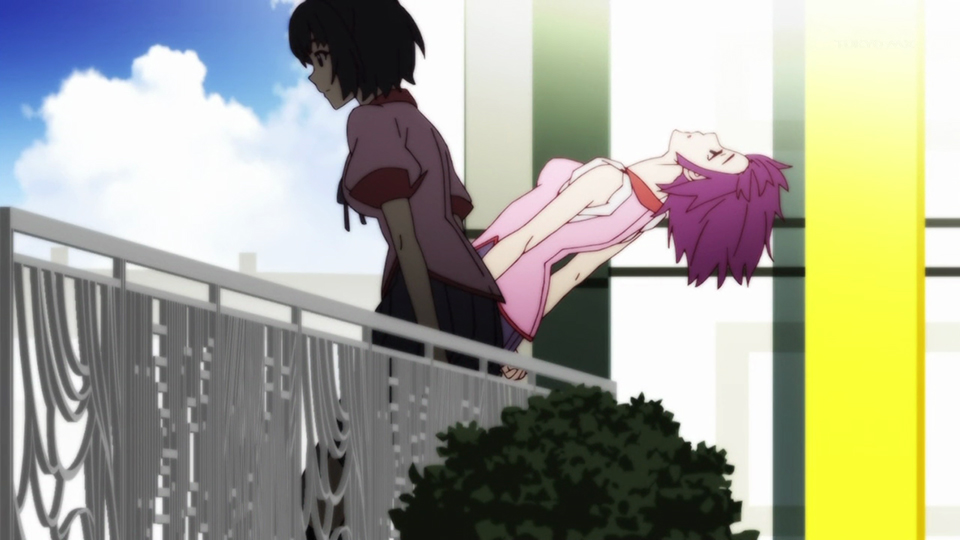
Good
Interestingly, Nekomonogatari (White) succeeds as a story because of the absence of Araragi, the franchise’s main character. This allows the other characters a chance to interact without his constant presence — mainly the two others in his love triangle, Hanekawa and Senjogahara.
For Senjogahara we are able to see her personal worries manifest as she clearly feels that Hanekawa could steal Araragi away from her. Thus, she is compelled to try and understand just what makes Hanekawa tick — something we, the audience, are interested in as well.
After all, this is Hanekawa’s story — and serves as the conclusion to her character arc as she finally learns to accept herself and embrace her own faults instead of shunning them. All in all, it serves as a great character piece for both of them.
Bad
The general premise of Nekomonogatari (White) is about Hanekawa trying to solve her most recent problem without Araragi’s help. While she does rely a bit on first Senjogahara and later Araragi’s sisters, in the end, she stands on her own, confronting the problem head-on despite the odds. This makes the resolution to the climax all the more disappointing as it directly undercuts that very theme.
Kabukimonogatari
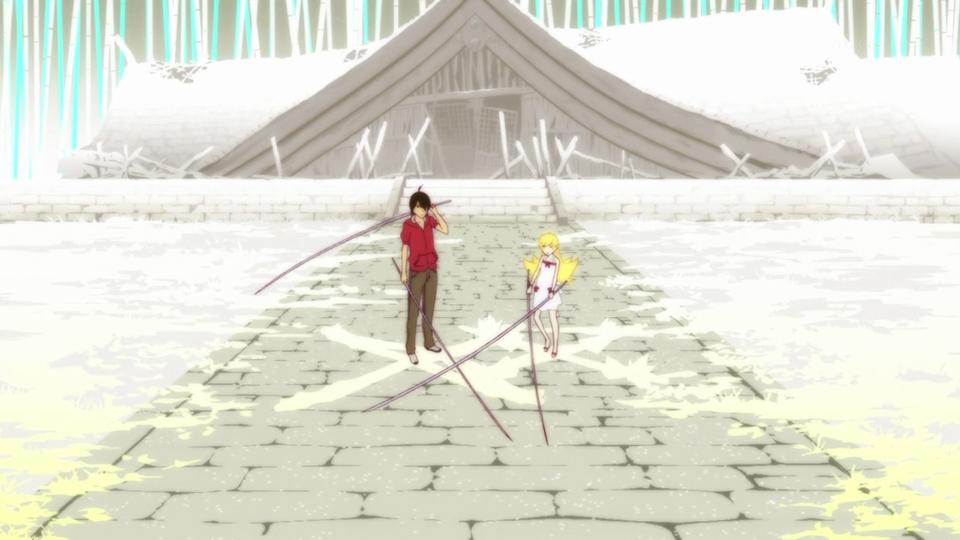
Good
Kabukimonogatari is the first of two stories explaining Araragi’s absence from Nekomonogatari (White). At first, it starts as a light-hearted trip to the past but, of course, ends up with a return to a post-apocalyptic present.
The arc is a thrilling mystery as Araragi and his bonded vampire Shinobu search for clues as to how exactly the change they made in the past — saving a single child’s life — was the cause of the end of the world.
It also ends on a great anti-climax, where they are both prepared for a seemingly unwinnable final battle only to discover that a fight was never even remotely needed. It serves as an excellent change up to the usual Monogatari formula.
Bad
From the moment the conflict is set up, there is the obvious moral dilemma. If saving a life of a friend caused the end of the world, can Araragi really go through undoing this change and re-killing his friend to save everyone else? Unfortunately, this dilemma is neatly side stepped by the end, explaining that this is just a parallel universe. So once he and Shinobu have the ability to return home, he doesn’t have to feel bad about causing the apocalypse nor does he have to feel bad about being responsible for his friend’s death — as both timelines continue to exist regardless.
Otorimonogatari
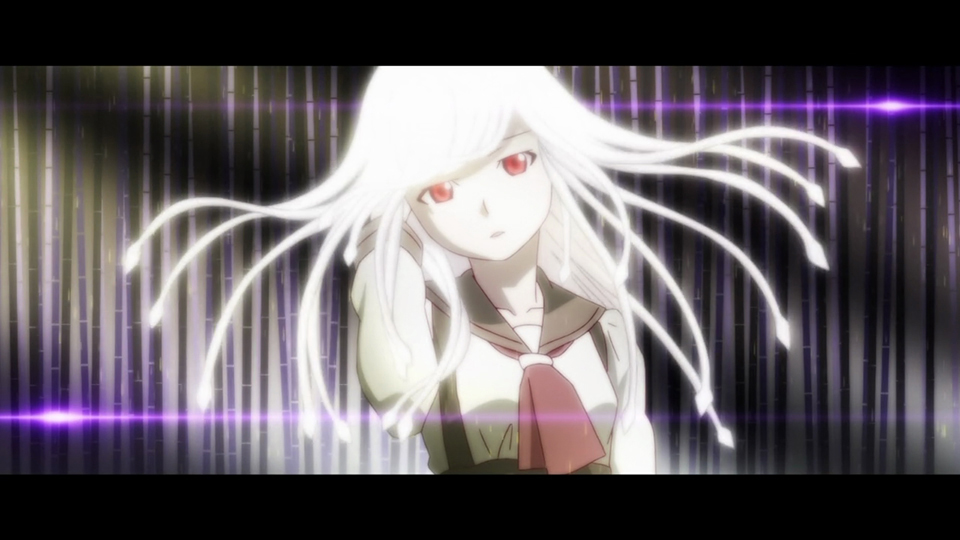
Good
Coming out of Bakemonogatari, Nadeko was the weakest of the Monogatari heroines in that not only was her adventure the least memorable but also in that her love for Araragi was the easiest to dismiss. The only lasting event from her arc was the set-up for the conflict of Nisemonogatari.
By again largely removing Araragi from the story and keeping Nadeko as the constant viewpoint character, Otorimonogatari does a great job of building her character and explaining not only who she is on the surface but also who she is underneath. Her conflict serves as an interesting look into the thin line between perpetrator and victim as well.
More than anything though, Otorimonogatari builds an excellent villain by exploring a parable about guilt and how it can be used against you — even by yourself. By the end of its run, it also sets up a thrilling climax for the end of the entire Monogatari Second Season anime.
Bad
Simply put, Otorimonogatari is the story of a girl who has a psychotic break, listens to the voice in her head that gives her an excuse to do what she always wanted to do — to take by force what she can’t have normally. Her wish drives her over the brink. It is a great concept especially as it is told by an unreliable narrator.
However, Otorimonogatari‘s biggest problem is that it gets bogged down in trying to explain this simple concept in the most round about, overcomplicated manner — and takes almost an entire episode to do so. While, this inner monologue is no doubt important, it’s a shame the series makes it so stupefyingly confusing.
Final Thoughts
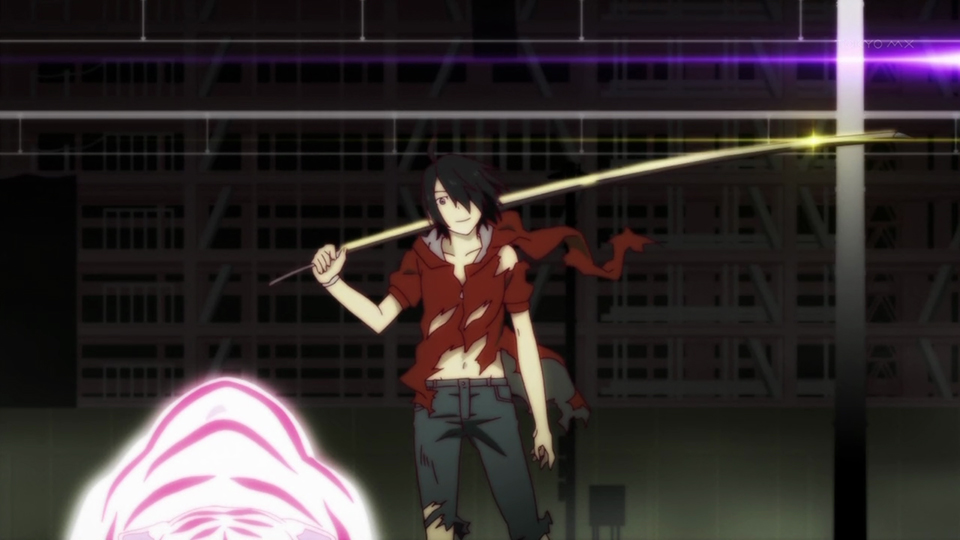
In general, I enjoyed the same things in Monogatari Second Season that I did when reviewing the original Bakemonogatari: the great direction, the beautiful art style, and clever dialogue. Other than that I just really loved the idea of giving each story arc its own opening animation and theme song. It’s a nice (if largely superficial) touch.
On the negative side, I found that the amount of recap episodes in this anime more than a little excessive — three in the first sixteen episodes. If you have to spend that much time to get caught up on the storylines of the other Monogatari series, you might as well just watch them in their entirety.
All in all, the first half of Monogatari Second Season is two great character stories and one enjoyable, time travel mystery. In other words it’s just more of everything you love about the Monogatari franchise — and by wrapping up character arcs, it seems to be building towards a final climax. If you liked any of the previous Monogatari anime, you’ll definitely like this one. However, if you are a newcomer to the franchise, it’s best to start at the beginning with Bakemonogatari and move your way through as intended — despite the existence of the recap episodes found in Second Season. To do anything else would be to sell the series — and yourself — short.
Monogatari Second Season airs on Tokyo MX in Japan. It can be watched for free with English subtitles on Crunchyroll and Daisuki.
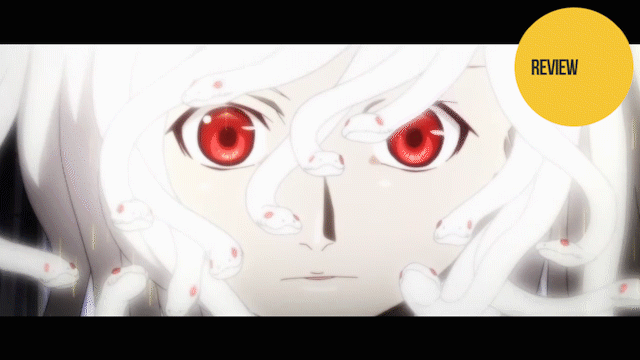
Comments
3 responses to “Monogatari Second Season Is More Of The Greatness You’ve Come To Expect”
I couldn’t get past the first episode o.O It just seemed all over the shop with disjointed pacing. Maybe I need to revisit this some time…
Slight Spoiler:
That is somewhat the point of the arc. Hanekawa even breaks the fourth wall an acknowledges that it seems to be skipping around. As to why is revealed later in the arc.
I’m not a fan of type B anime, so this never appealed to me.